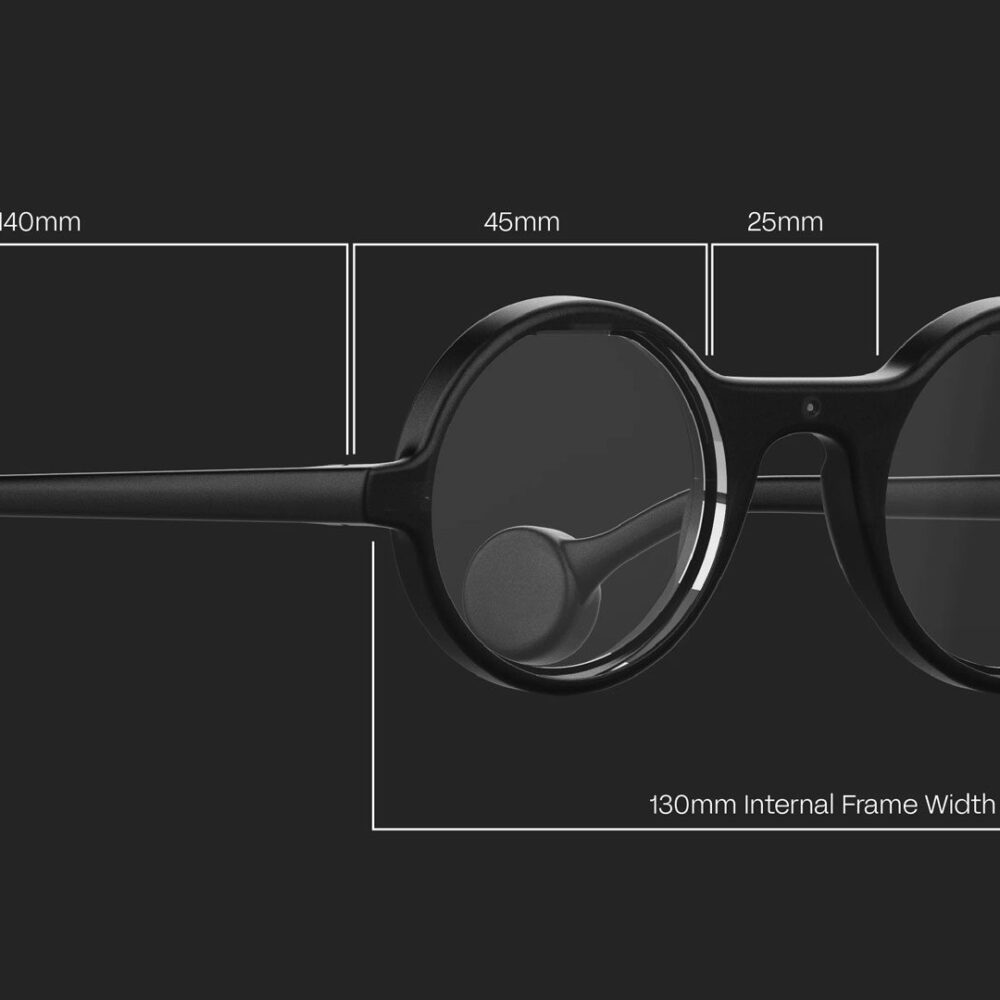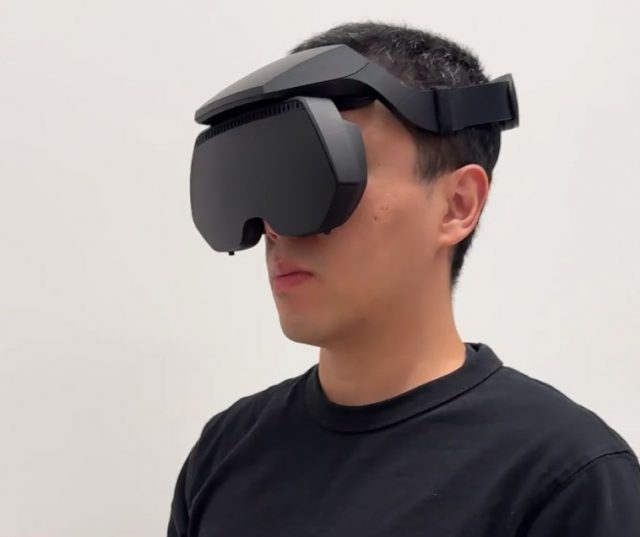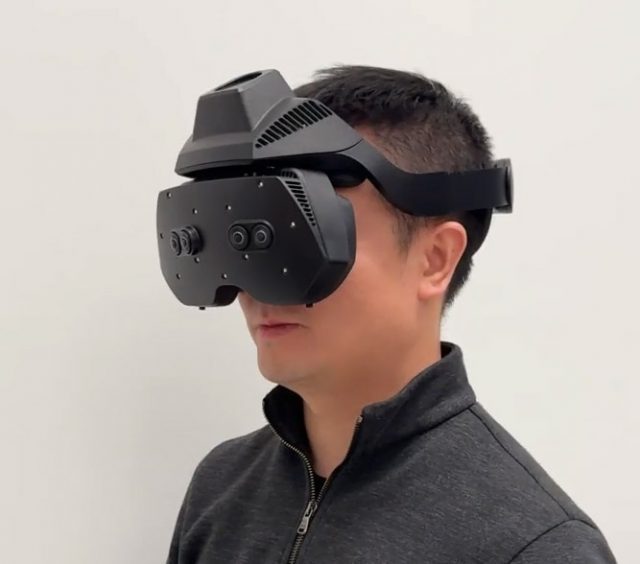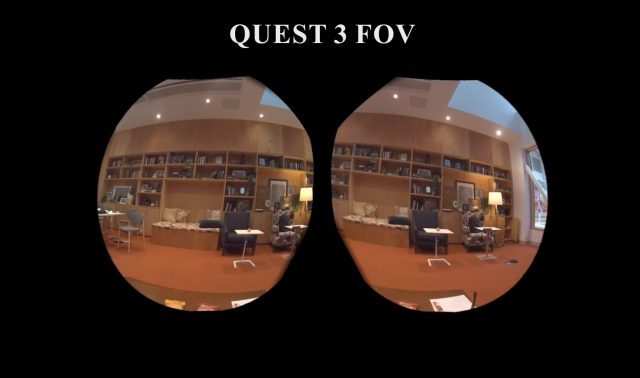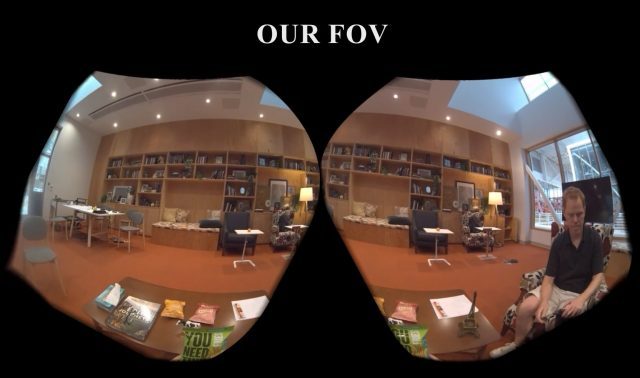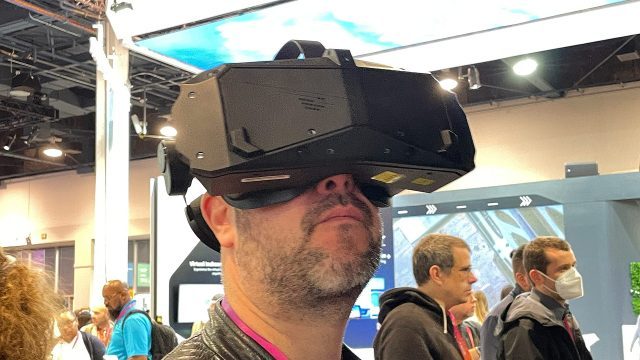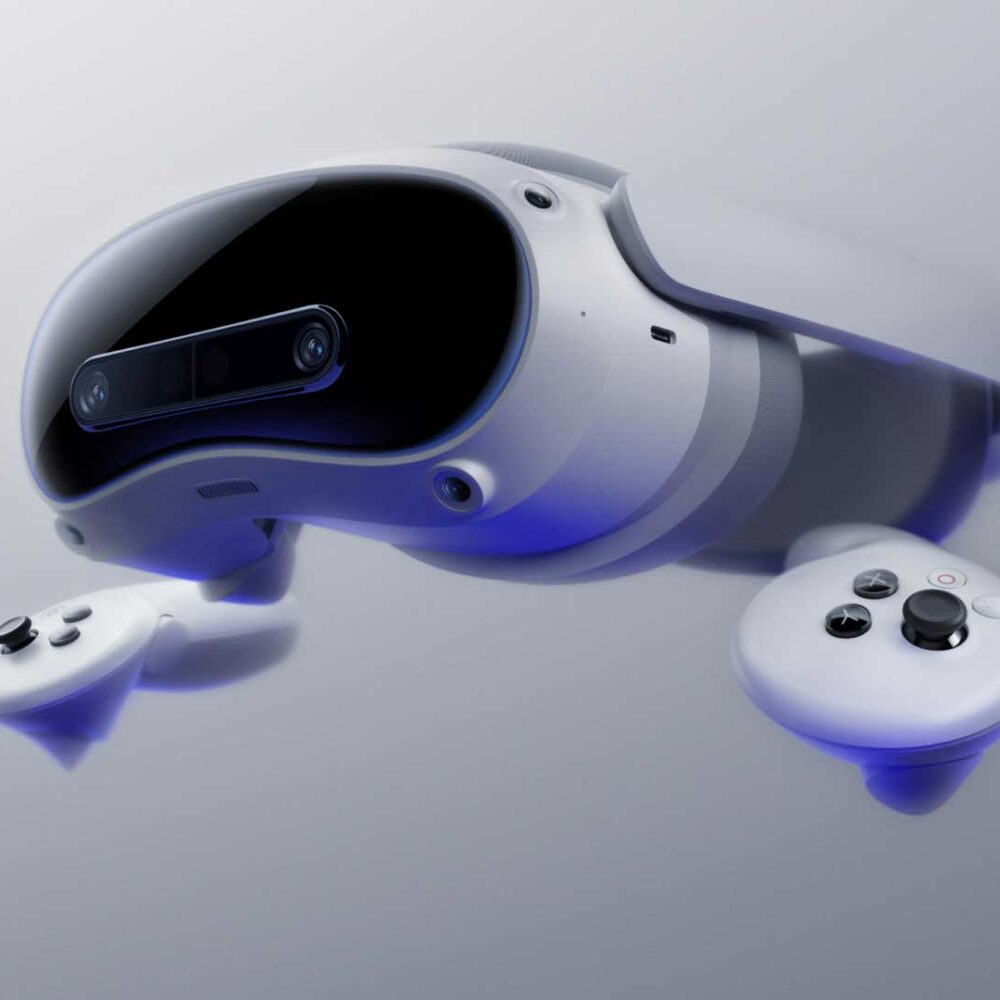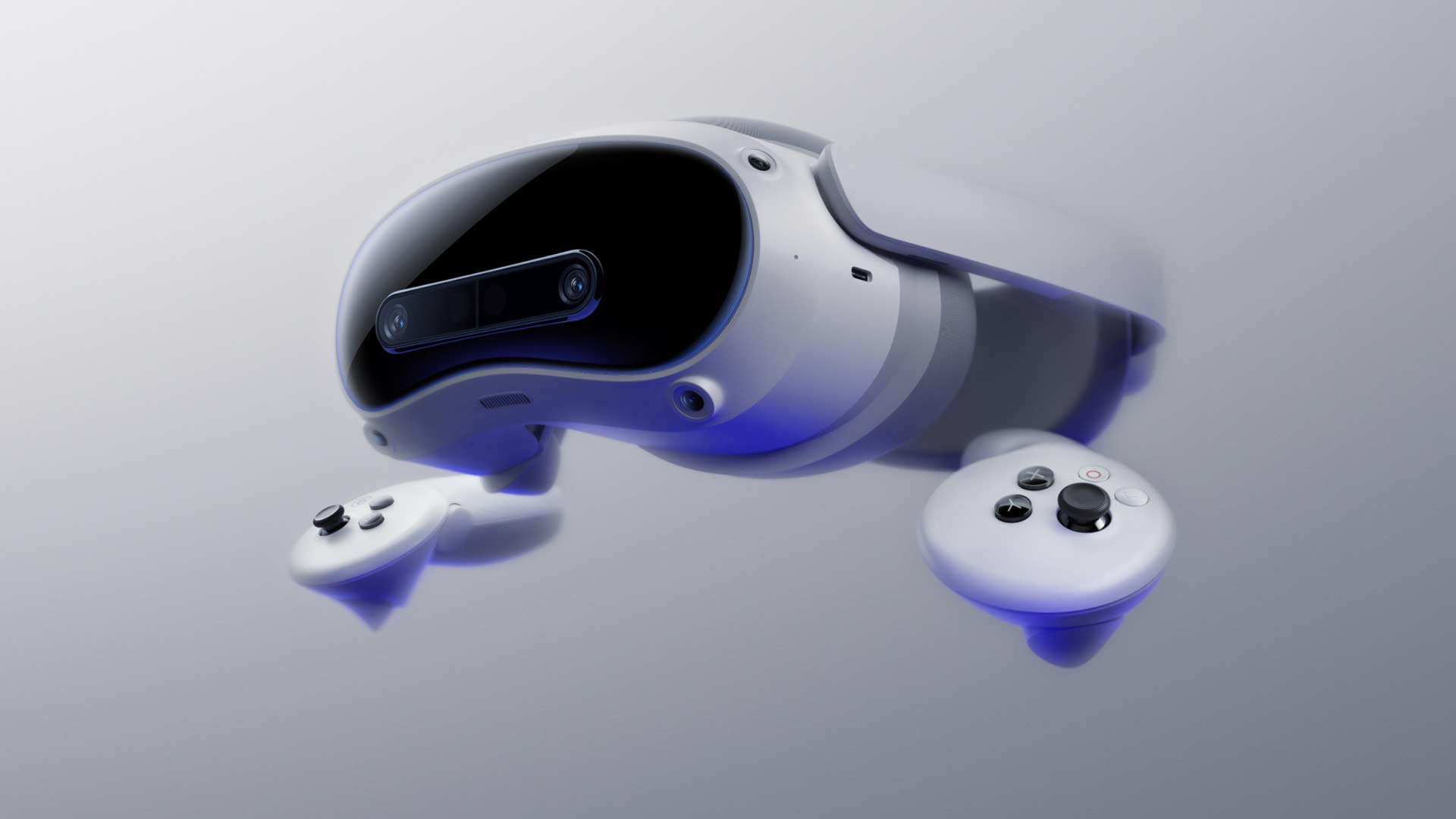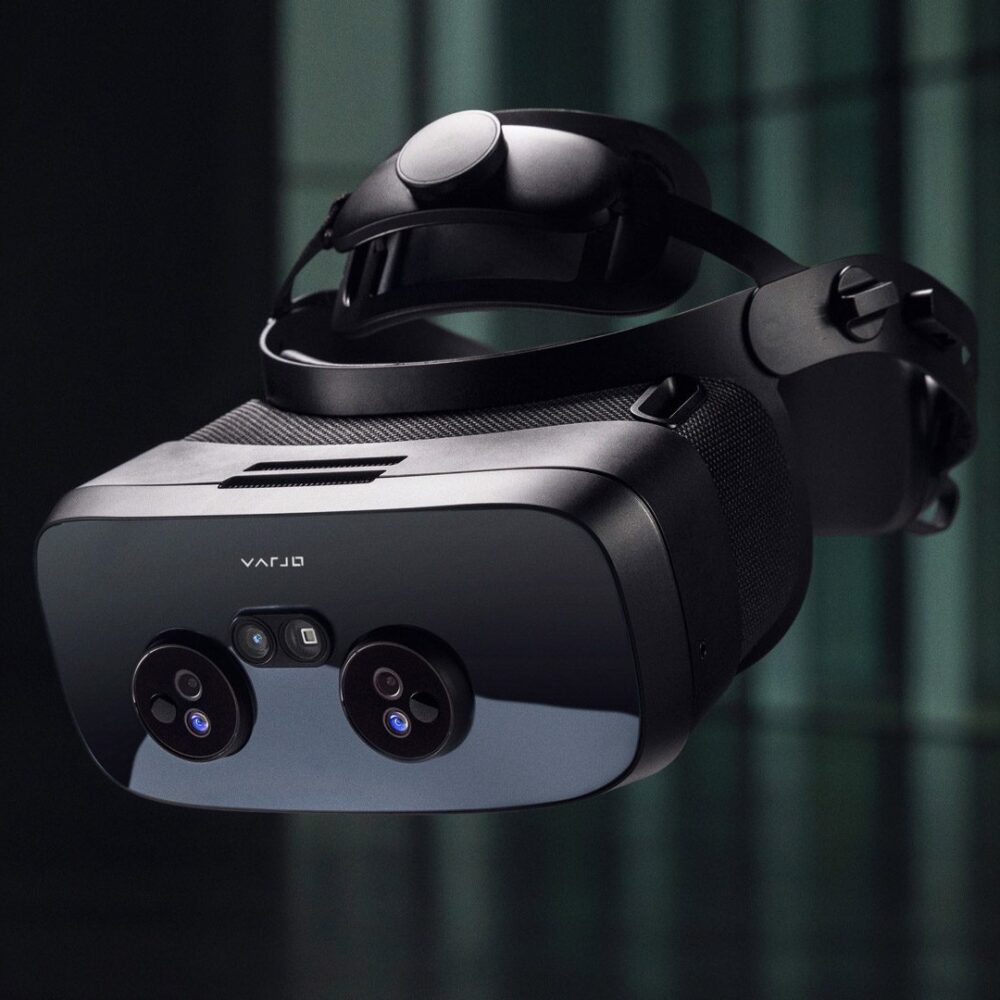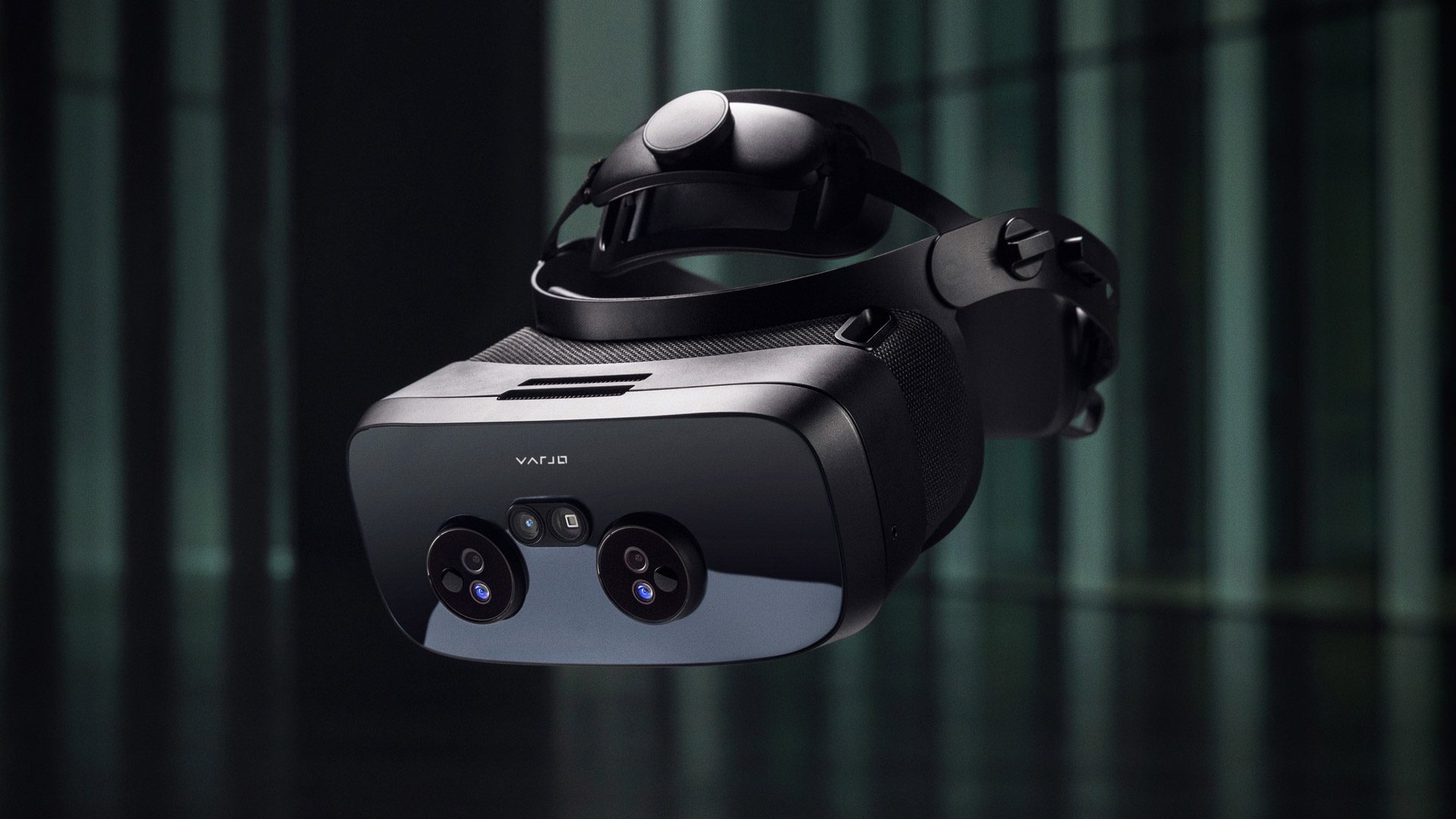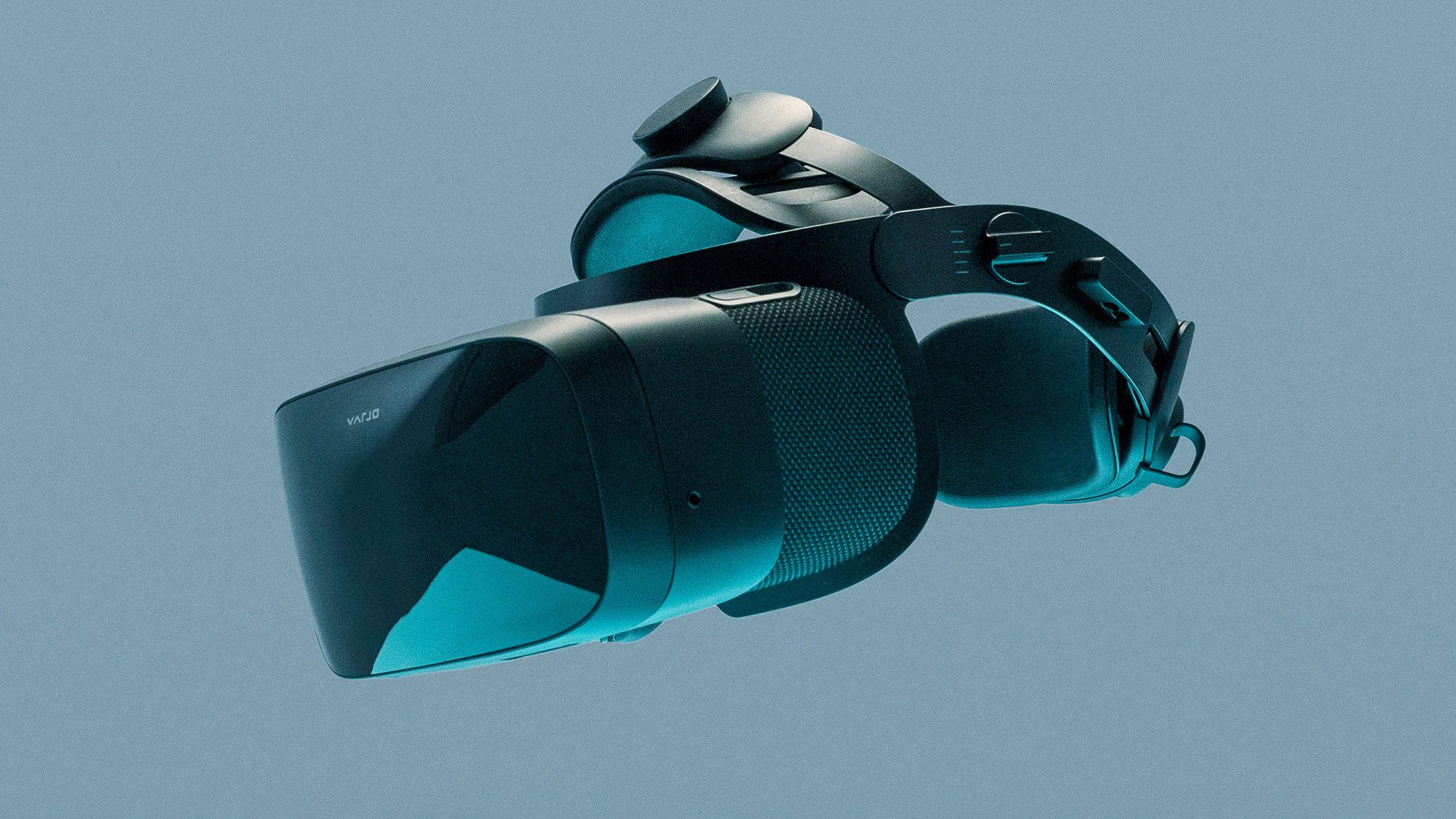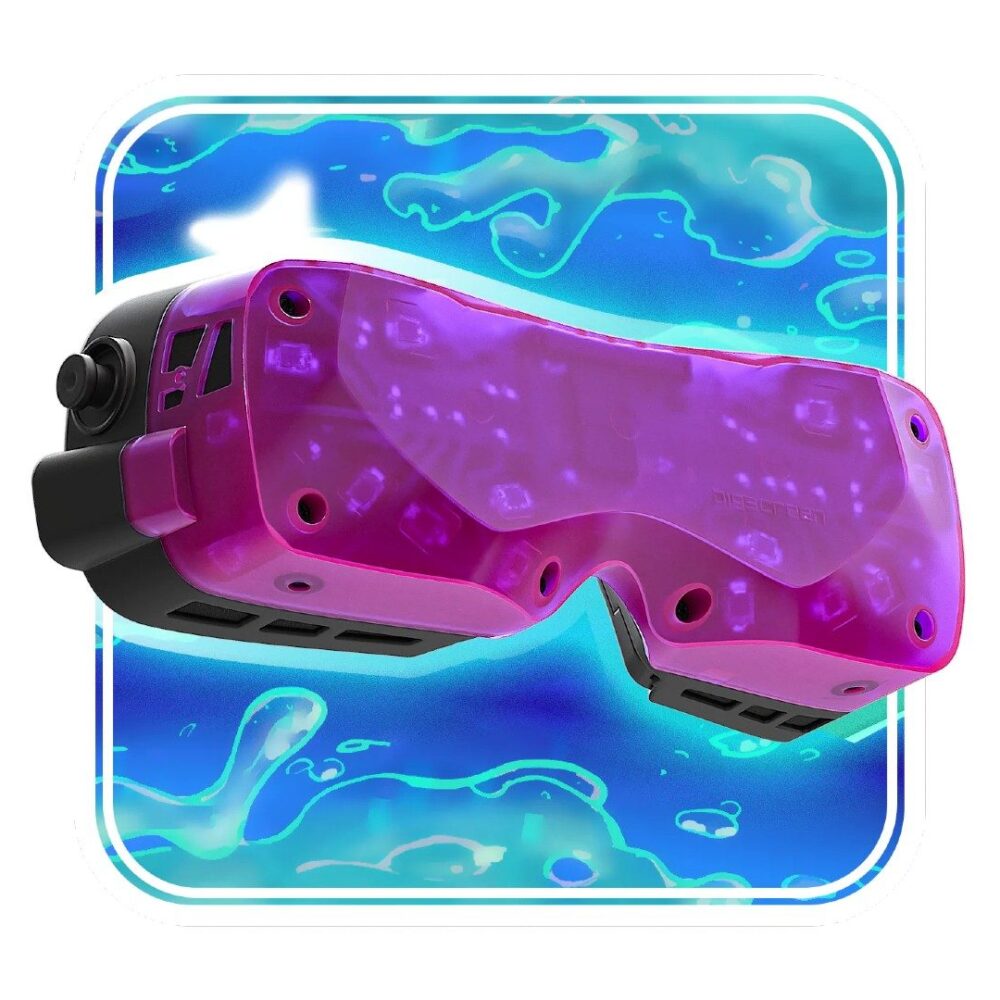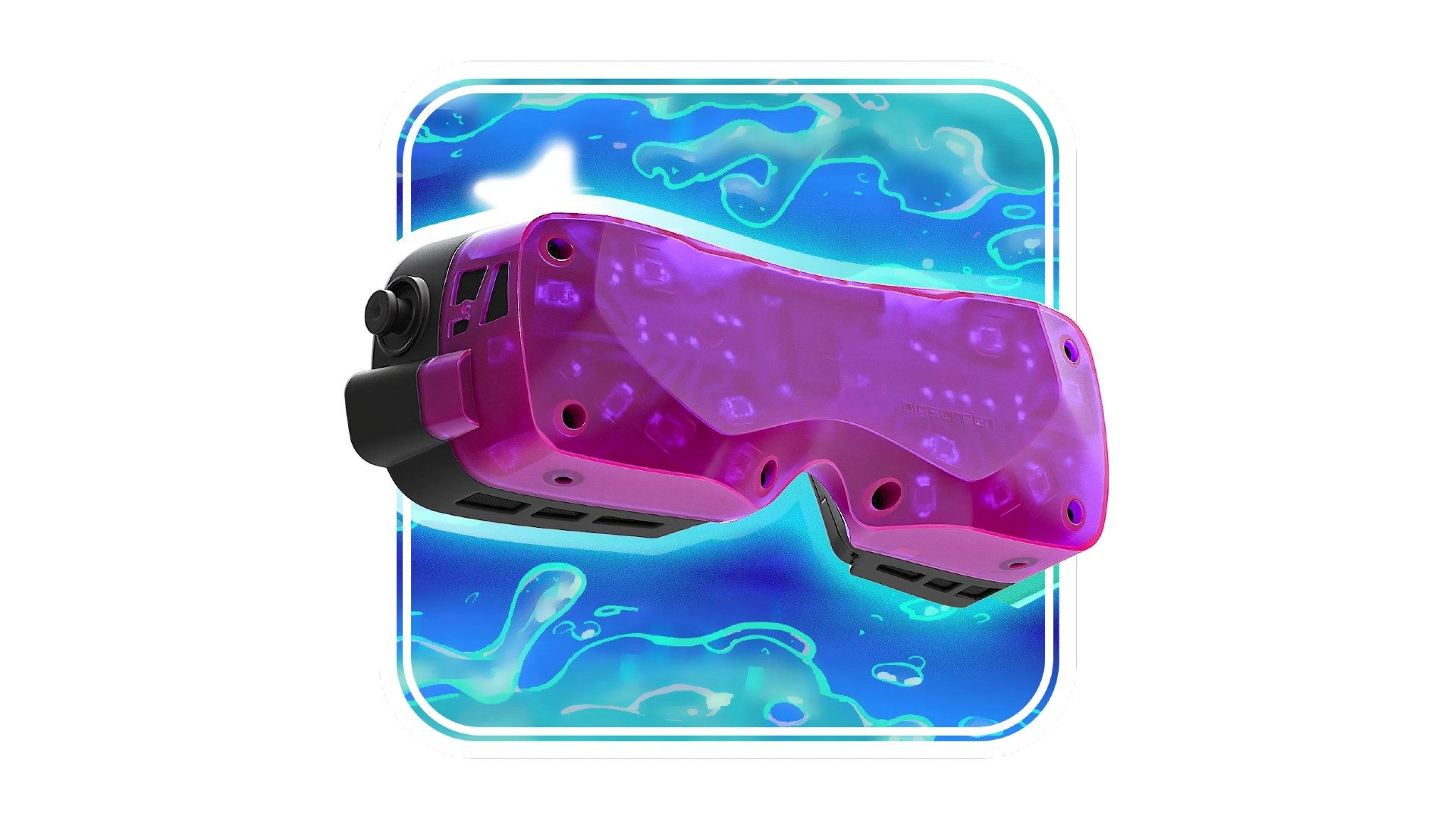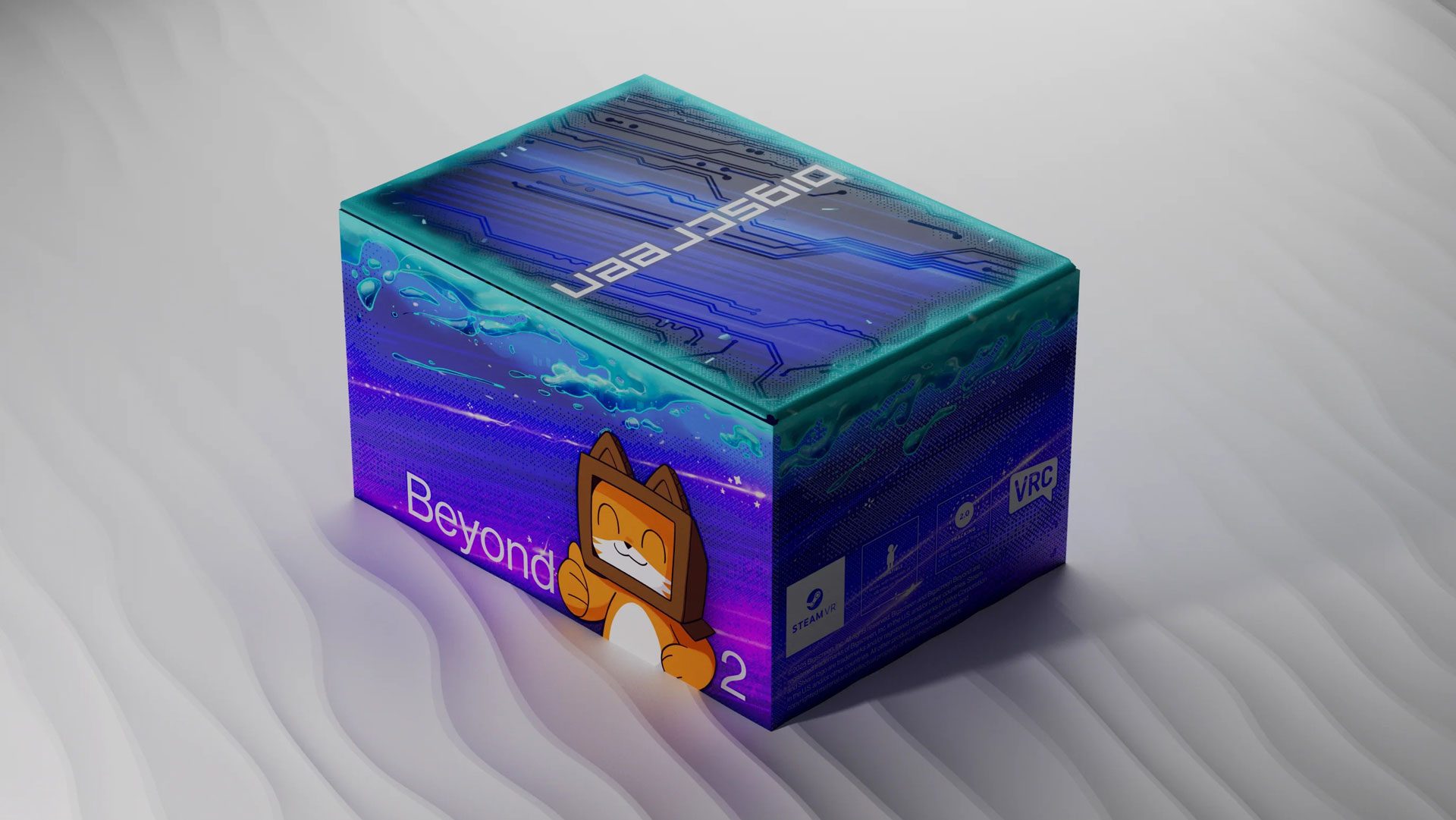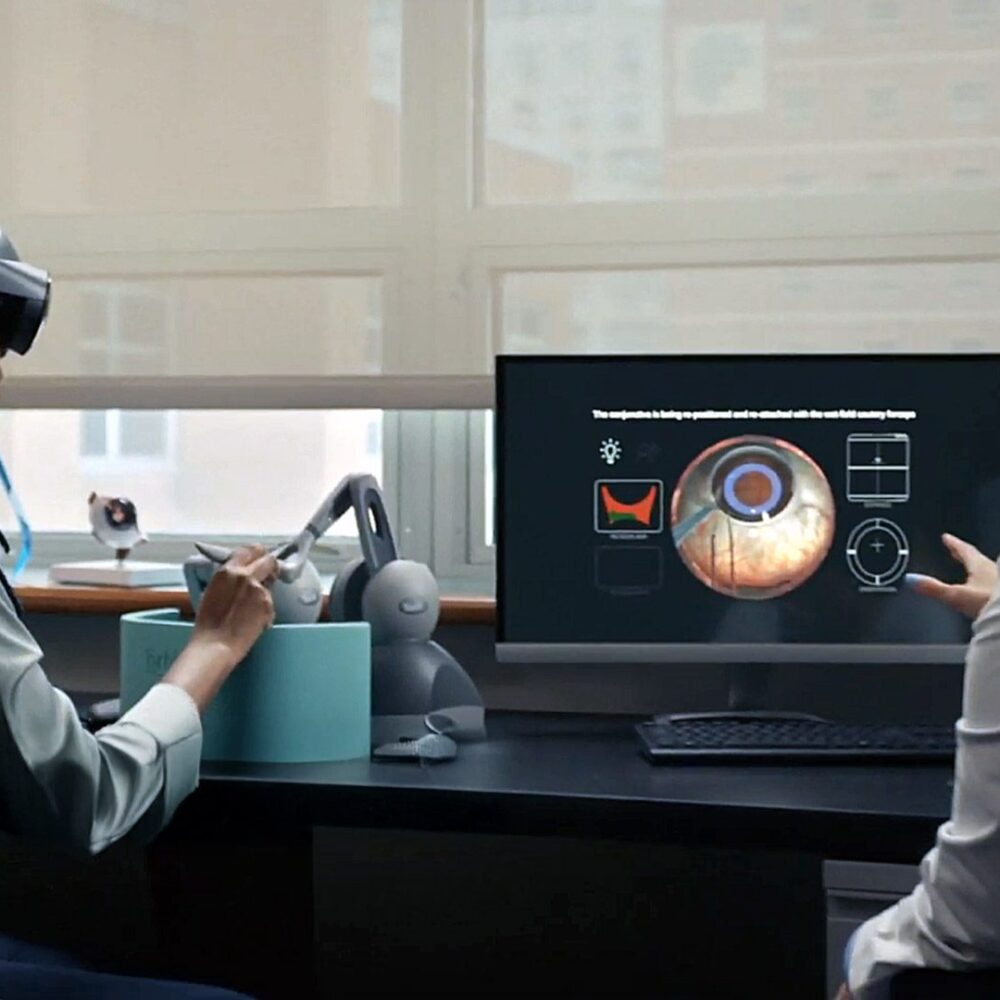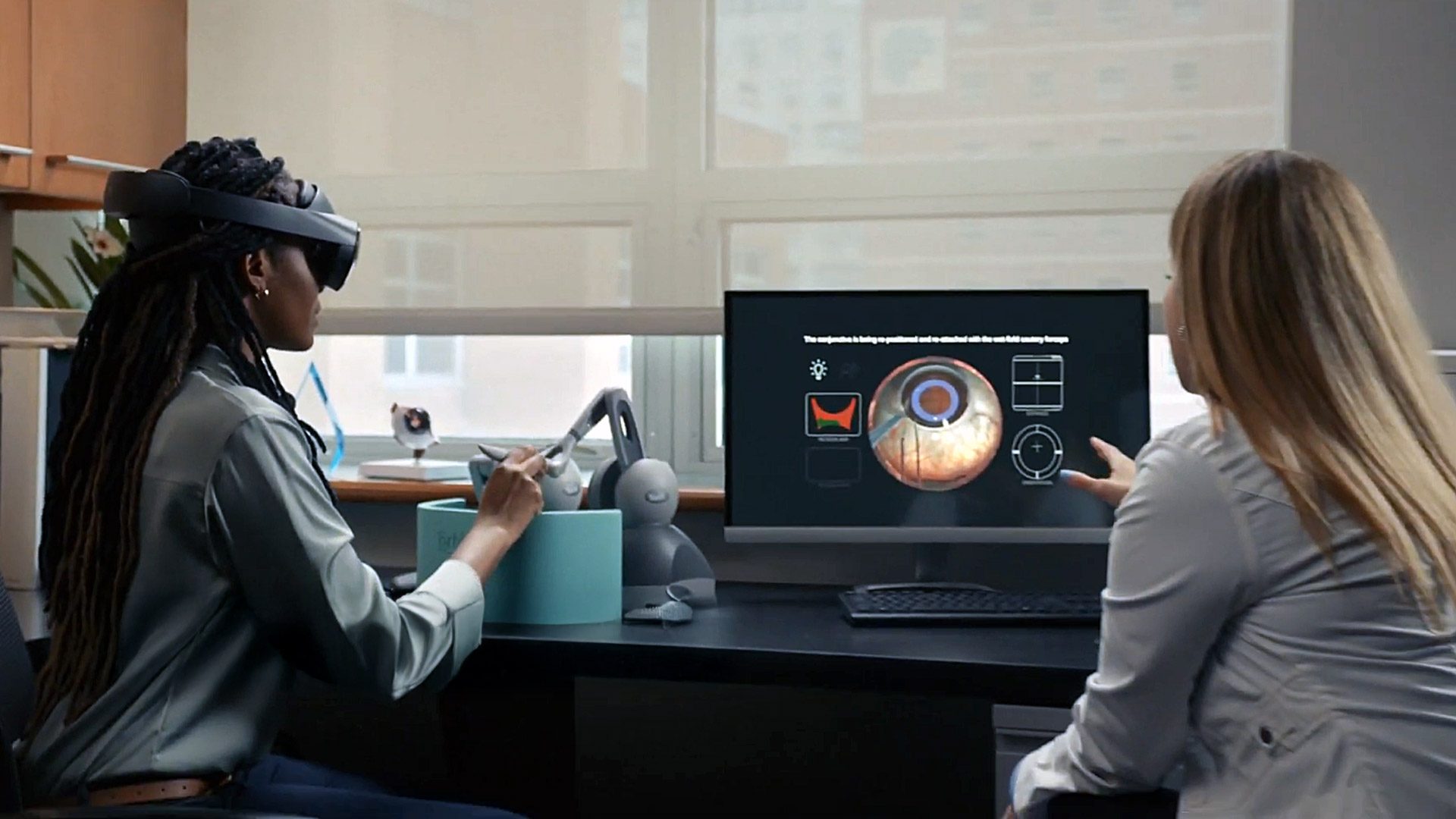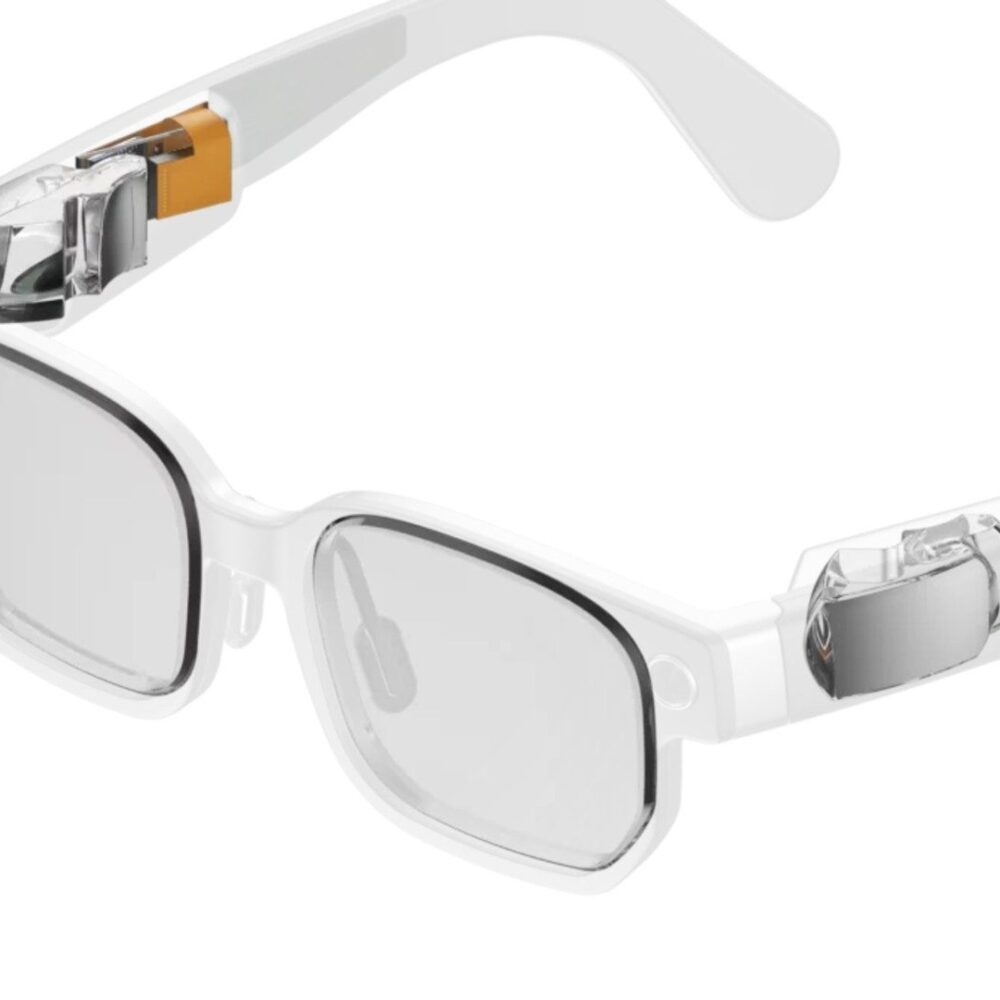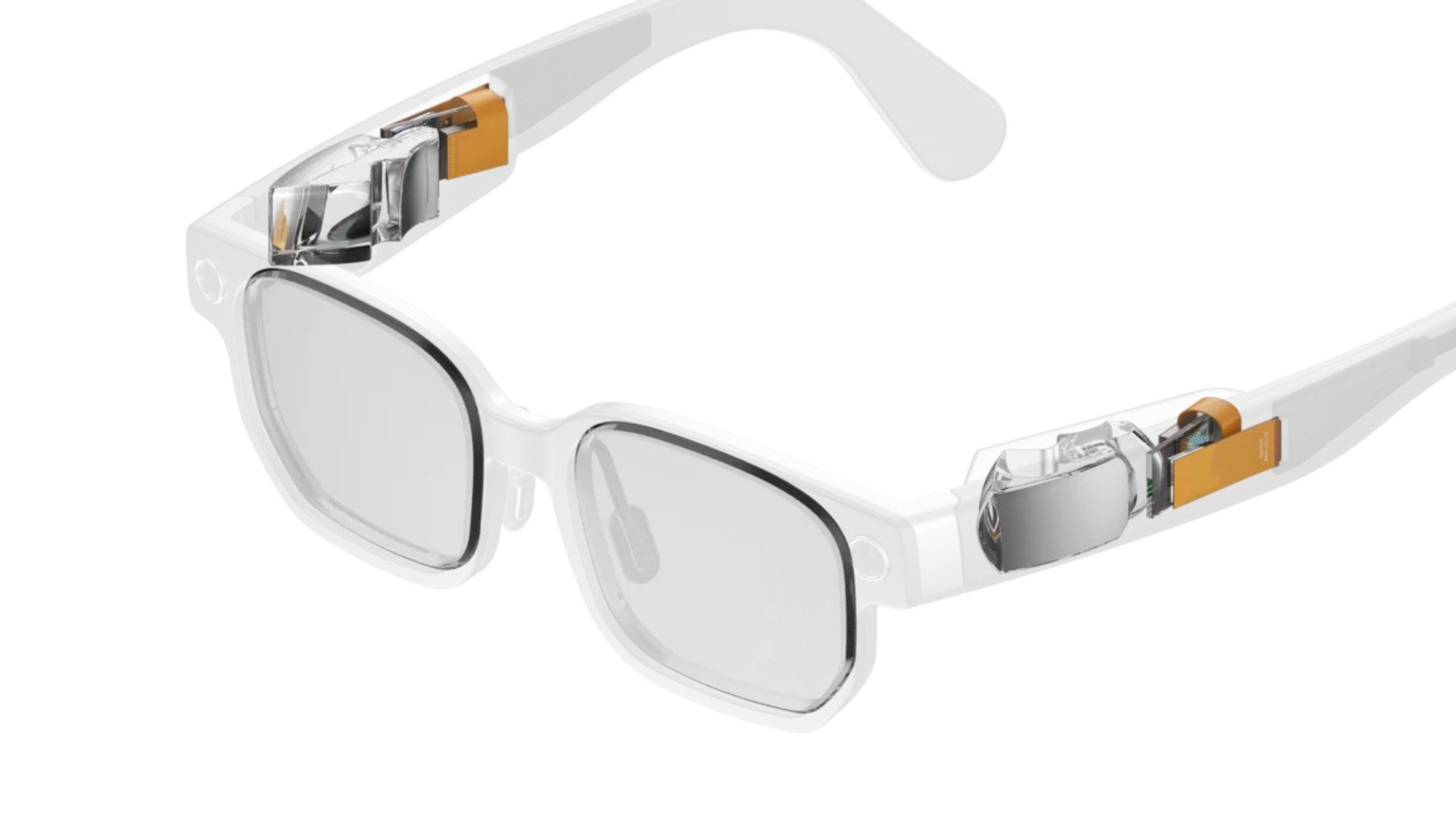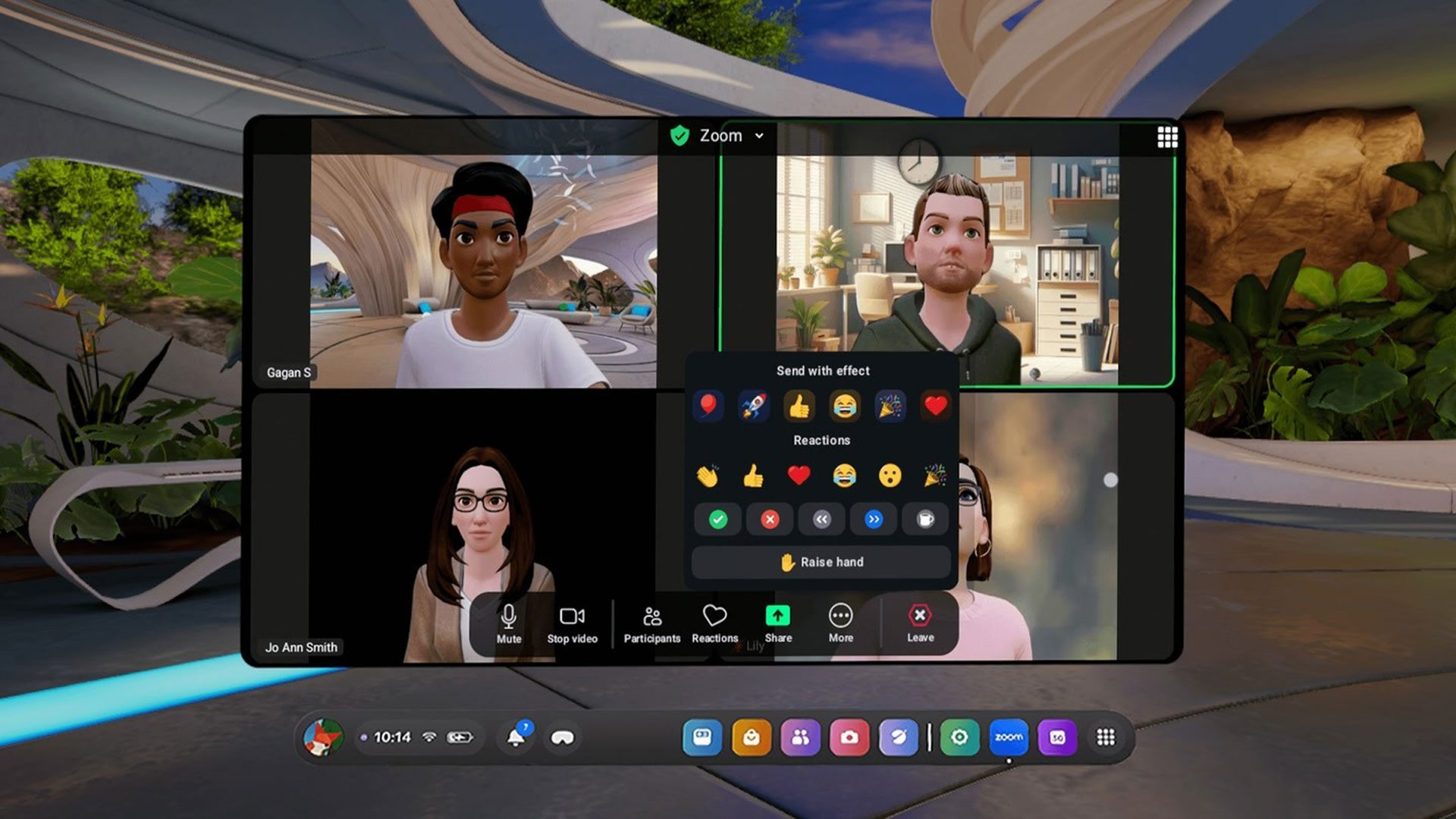Brilliant Labs announced it’s getting ready to launch its next generation of smart glasses at the end of the month, making it the company’s third device since it was founded in 2019.
In 2023, Brilliant Labs released Monocle, a developer kit which included a single heads-up display that was meant to be clipped onto existing eyewear.
A year later, the company released Frame, which evolved Monocle’s monoscopic display and housed it in a glasses-like form factor, including a single camera sensor—making for an impressively slim and light package weighing in at less than 40g.
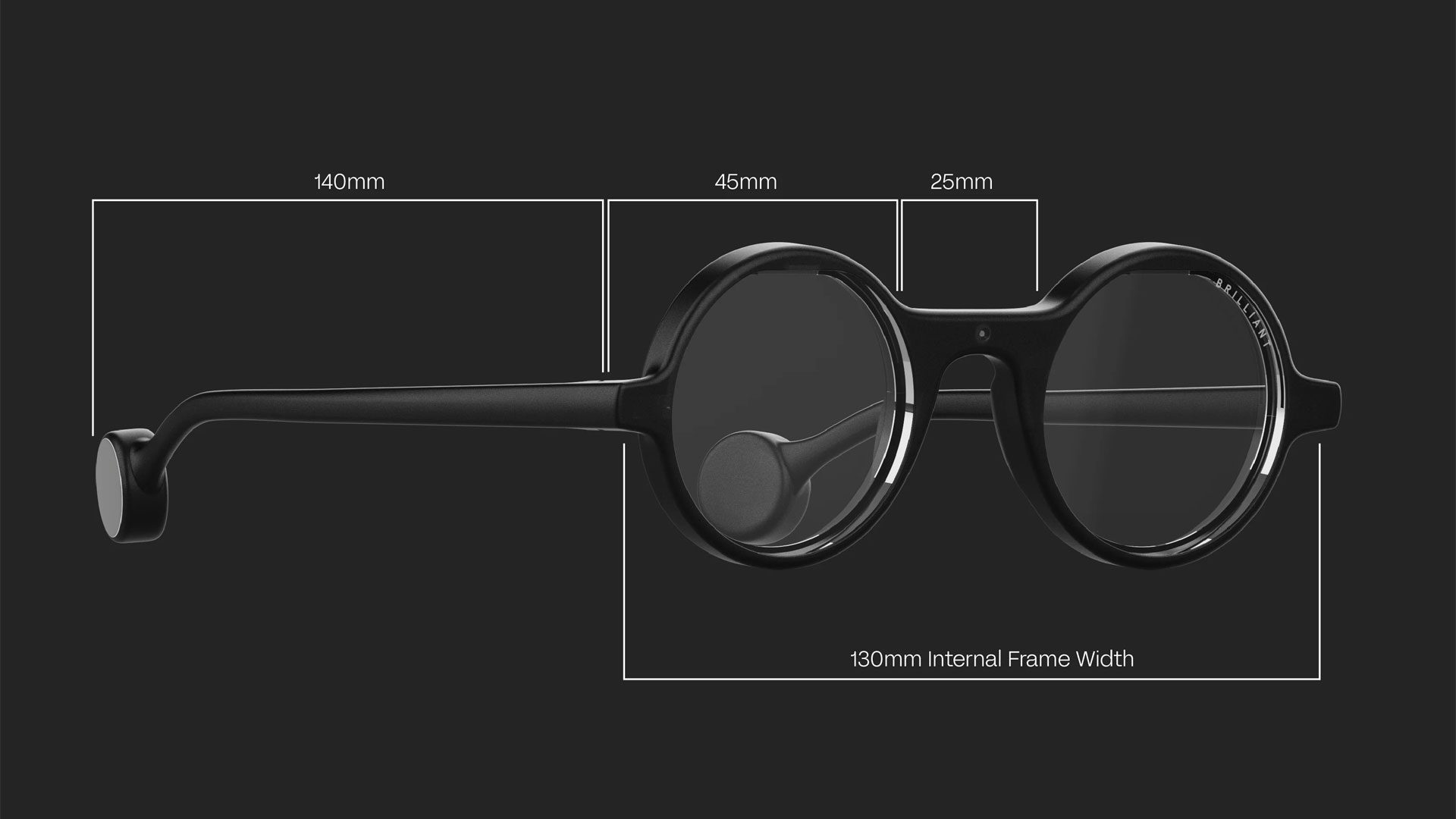
Frame was “designed to be your AI driven personal assistant,” the company says, emphasizing its access to AI models like Perplexity, ChatGPT, and Whisper, so you gets answers to questions about what you’re currently looking at, experience live translation from either speech or text, and search the Internet in real-time.
Now, Brilliant Labs says its next device is coming on July 31st. Information is thin on the ground, however company co-founder and CEO Bobak Tavangar is taking part in a launch day Q&A via the augmented reality subreddit.

There, we also got a side glimpse of the device in question, which appears to have ditched the round, old school spectacle vibe for a more modern frame shape. Whatever the case, we’re sure to learn more come July 31st. We’ll be keeping an eye on the augmented reality subreddit and the company’s website then.
Meanwhile, the smart glasses segment is heating up. Meta and EssilorLuxottica announced its next-gen Oakley Meta HSTN smart glasses last month; shortly afterwards Chinese tech giant Xiaomi announced its was releasing its own AI Glasses. On the horizon is Google’s Android XR-based smart glasses, built in collaboration with Warby Parker and Gentle Monster.
Although Brilliant Labs is currently one of the few actually offering a pair of smart glasses with a built-in display, it won’t be that way for long. Google says it’s going to offer a model of its Android XR smart glasses with some sort of display. Leaks also maintain Meta’s next pair of smart glasses may also include a display and a wrist-worn controller for input.
